Move aside potatoes — there’s a new tuber making waves in the U.S. culinary and health scene. Malanga, a starchy root vegetable native to tropical regions of Central and South America, is gaining popularity among American chefs, nutritionists, and home cooks.
Known for its nutty flavor, fiber-rich texture, and hypoallergenic properties, Malanga is quickly earning a spot as one of the most versatile and gut-friendly vegetables in the modern American diet.
If you’re looking for a healthy, gluten-free, and nutrient-packed alternative to traditional starches like potatoes, yams, or taro, Malanga is your next pantry must-have. Let’s dive into what makes this humble root such a powerful addition to your kitchen and your health.
What Is Malanga?
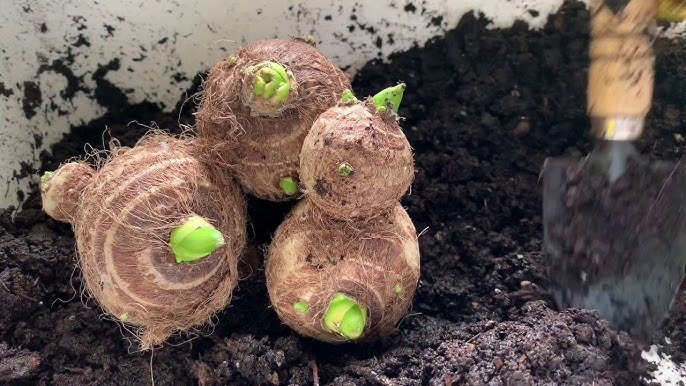
Malanga (Xanthosoma sagittifolium) is a tropical root vegetable from the Araceae family, closely related to taro and elephant ear plants. It grows underground and features a rough, bark-like skin with a creamy, light tan or purplish interior.
It’s commonly grown in Cuba, Puerto Rico, the Dominican Republic, and parts of South America, but it’s increasingly being cultivated in Florida, Hawaii, and other warm U.S. states.
Malanga is often compared to taro, but the two differ slightly — Malanga has a nuttier flavor and is easier to digest, especially for people with food sensitivities or allergies. Its flesh becomes creamy and mildly earthy when cooked, making it perfect for soups, fries, stews, and even baked goods.
Nutritional Profile: Why Malanga Is a Powerhouse Root
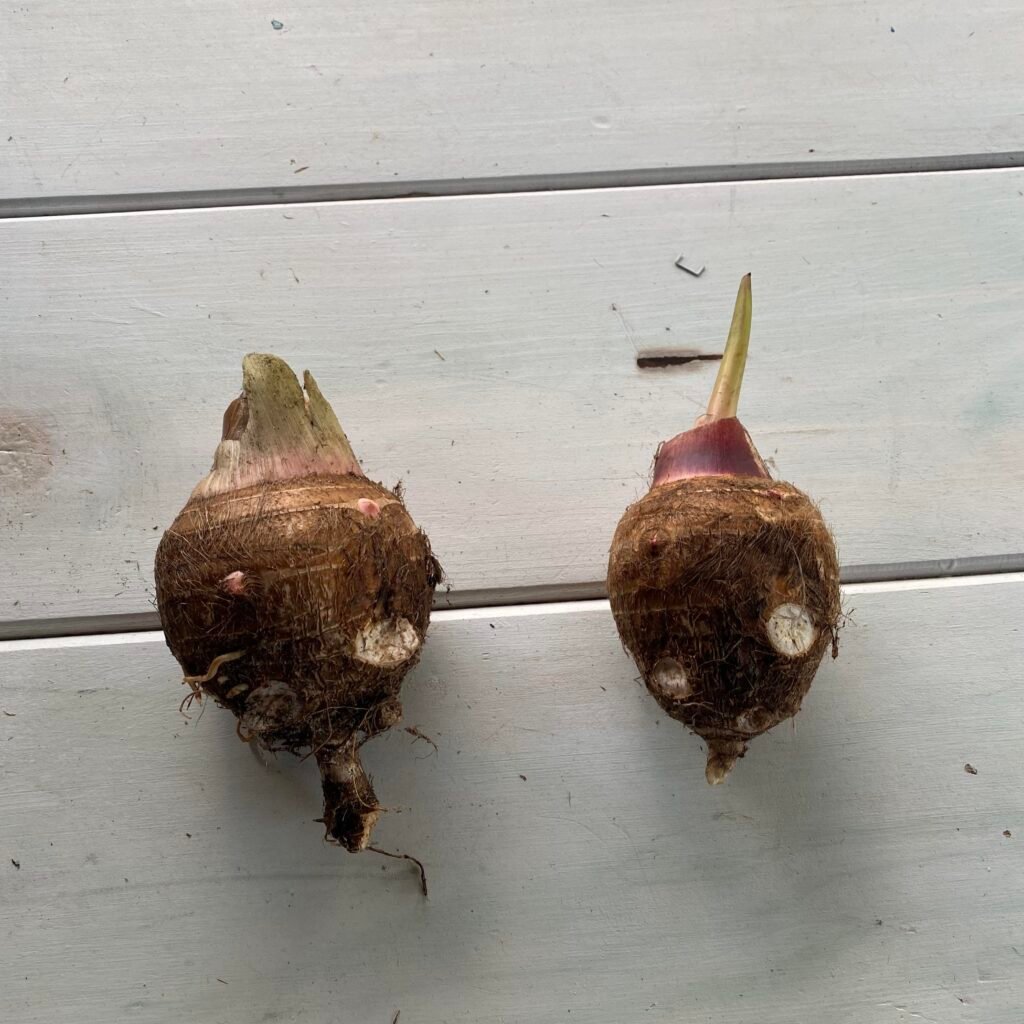
Malanga may look simple, but it’s loaded with nutrients that support energy, digestion, and overall health. It’s naturally gluten-free, low in fat, and rich in resistant starch — a type of carbohydrate that fuels good gut bacteria and stabilizes blood sugar.
Here’s what you get in one cup of cooked Malanga (about 132g):
- Calories: ~130
- Carbohydrates: 32g
- Dietary Fiber: 4g
- Protein: 2g
- Fat: <1g
- Potassium: 320mg
- Magnesium: 30mg
- Vitamin C: 15% of the daily value
- Iron: 6% of the daily value
Health Benefits of Malanga
- Boosts Digestive Health
The resistant starch in Malanga acts as a prebiotic, feeding beneficial gut bacteria and improving digestion naturally. - Regulates Blood Sugar
With a low glycemic index, Malanga helps prevent blood sugar spikes, making it a smart choice for diabetics and people on low-carb diets. - Supports Heart Health
Rich in potassium and fiber, it helps reduce blood pressure and cholesterol, promoting a stronger cardiovascular system. - Hypoallergenic and Gluten-Free
Malanga is ideal for people with gluten intolerance, celiac disease, or food sensitivities. It’s often used as a safe first food for babies because it’s so gentle on the stomach. - Provides Long-Lasting Energy
Its complex carbohydrates release energy slowly, keeping you fueled throughout the day — great for athletes and active individuals. - Improves Mental Focus
The iron and magnesium in Malanga help support brain function and oxygen transport, enhancing cognitive performance naturally.
Malanga vs. Taro vs. Potato: What’s the Difference?

| Feature | Malanga | Taro | Potato |
|---|---|---|---|
| Flavor | Nutty, earthy | Mild, slightly sweet | Neutral |
| Texture | Dense, creamy | Smooth, slightly slimy | Fluffy |
| Fiber | High | Moderate | Moderate |
| Glycemic Index | Low | Medium | High |
| Best For | Soups, fritters, baking | Stews, desserts | Fries, mashed potatoes |
In short, Malanga combines the best of both worlds — the earthy, comforting feel of potatoes and the nutrient density of taro — but with added benefits for your gut and immune system.
How to Prepare Malanga: From Root to Plate
Cooking Malanga is simple once you know how to handle it. The key is to peel and cook it thoroughly, as the raw root contains calcium oxalate crystals that can irritate the throat if eaten uncooked.
Here’s a step-by-step guide:
1. Choose and Clean
Look for firm, heavy roots with no soft spots or mold. Rinse under running water to remove dirt.
2. Peel Carefully
Use a vegetable peeler or sharp knife to remove the thick, bark-like skin. Be cautious — Malanga can be slippery!
3. Cook Thoroughly
Boil, bake, roast, or fry — Malanga can be used in any dish where you’d normally use potatoes.
- Boil: 15–20 minutes until tender
- Bake: 375°F for 30–35 minutes
- Fry: Slice thinly and fry until golden for crispy chips
4. Season Well
Malanga’s mild nutty flavor pairs beautifully with garlic, onions, herbs, lime, or a dash of olive oil.
Delicious American Recipes Featuring Malanga
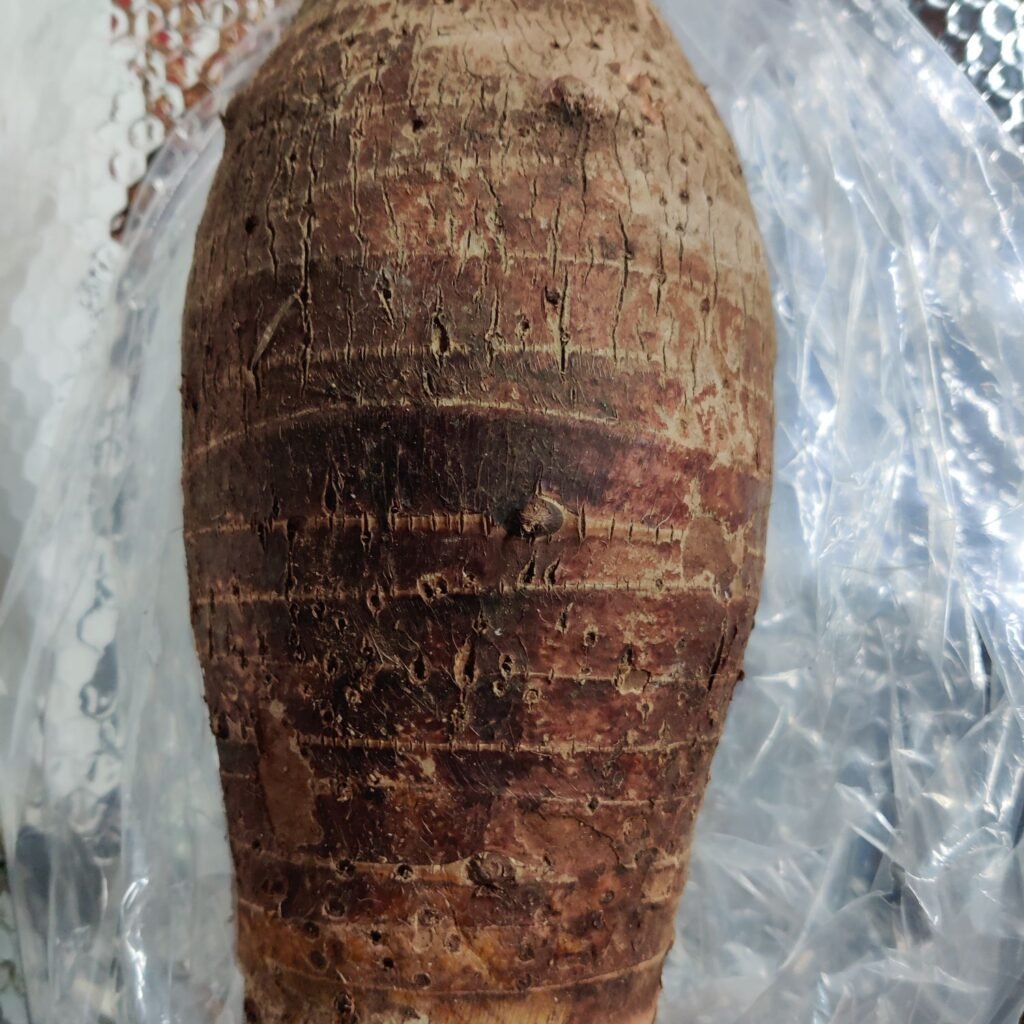
Malanga is becoming a favorite in modern American kitchens for its ability to blend into comfort foods and healthy meals alike. Here are some easy, delicious ways to bring this tropical root to your table:
1. Creamy Malanga Soup
- Sauté onions, garlic, and celery in olive oil.
- Add diced Malanga and vegetable broth.
- Simmer until tender, then blend until smooth.
- Season with salt, pepper, and a touch of cream for a cozy, silky soup.
2. Malanga Fries
- Cut Malanga into thin sticks.
- Toss with olive oil, paprika, and sea salt.
- Bake at 400°F for 25 minutes until crispy.
- Serve with aioli or spicy ketchup for a healthy twist on French fries.
3. Puerto Rican Alcapurrias (Malanga Fritters)
- Mix grated Malanga with green plantains, garlic, and spices.
- Form into patties and stuff with ground beef or veggies.
- Deep fry until golden and crisp.
A traditional Caribbean street food, now making its way into American food festivals.
4. Malanga Mash
- Boil and mash Malanga with butter, garlic, and a splash of milk.
- Add parsley or chives for garnish.
- It’s a creamy, slightly nutty alternative to mashed potatoes.
5. Malanga Flour Pancakes
For gluten-free baking, blend dried Malanga into flour. Use it to make pancakes, muffins, or bread for a unique nutty flavor and higher fiber content.
Growing Malanga in the U.S.: A Tropical Gem in Your Backyard
Though native to tropical climates, Malanga can be successfully grown in southern parts of the U.S., especially in Florida, Texas, Louisiana, and Hawaii.
How to Grow Malanga
- Climate: Warm and humid (65°F–85°F).
- Soil: Loose, well-drained, and rich in organic matter.
- Planting: Use corms (root pieces) and space them about 2 feet apart.
- Watering: Keep soil moist but not waterlogged.
- Harvest: In 8–10 months when leaves begin to yellow and die back.
Malanga plants are hardy and can tolerate partial shade, making them a great option for home gardeners looking to add tropical diversity to their plots.
Where to Buy Malanga in America

You can find Malanga at:
- Latin American and Caribbean grocery stores
- Asian markets (sometimes labeled as yautía or tannia)
- Farmers’ markets in warm states like Florida and California
- Online produce suppliers offering exotic root vegetables
Pro Tip: When shopping, look for fresh, firm roots with dry skin. Avoid soft, bruised, or moldy ones.
Storage and Handling Tips
To keep your Malanga fresh:
- Store uncooked roots in a cool, dry, well-ventilated area — not the refrigerator.
- Once cooked, refrigerate leftovers in an airtight container for up to three days.
- To freeze, boil first, mash, and store in freezer-safe bags for soups or casseroles later.
Malanga and Modern Diets: The Perfect Fit for Health-Conscious Americans
Malanga is finding its way into every major health trend sweeping across the U.S. today:
- Gluten-Free and Paleo Diets:
A natural starch that’s free of gluten and additives. - Plant-Based and Vegan Eating:
Provides plant-based fiber, minerals, and slow-digesting carbs. - Gut-Health Movement:
Resistant starch makes it a natural prebiotic powerhouse. - Diabetic-Friendly Cooking:
Low glycemic index makes it suitable for balanced blood sugar. - Baby and Allergen-Free Foods:
Easily digestible and safe for children and sensitive eaters.
In short, Malanga fits seamlessly into the American wellness revolution — wholesome, natural, and nourishing.
Conclusion: Malanga — The Hidden Gem of Healthy American Cooking
With its mild nutty flavor, high nutritional value, and culinary versatility, Malanga is poised to become the next big root vegetable in America.
Whether you’re blending it into creamy soups, frying it into crispy chips, or baking it into gluten-free goodies, this ancient tropical root adds a touch of flavor and wellness to every dish.
As Americans continue embracing global superfoods and healthier alternatives, Malanga stands out as a true game-changer — delicious, digestible, and downright good for you.
So next time you’re browsing your local farmers’ market or international grocery aisle, skip the potatoes and grab a few Malanga roots instead. Your body — and your taste buds — will thank you.
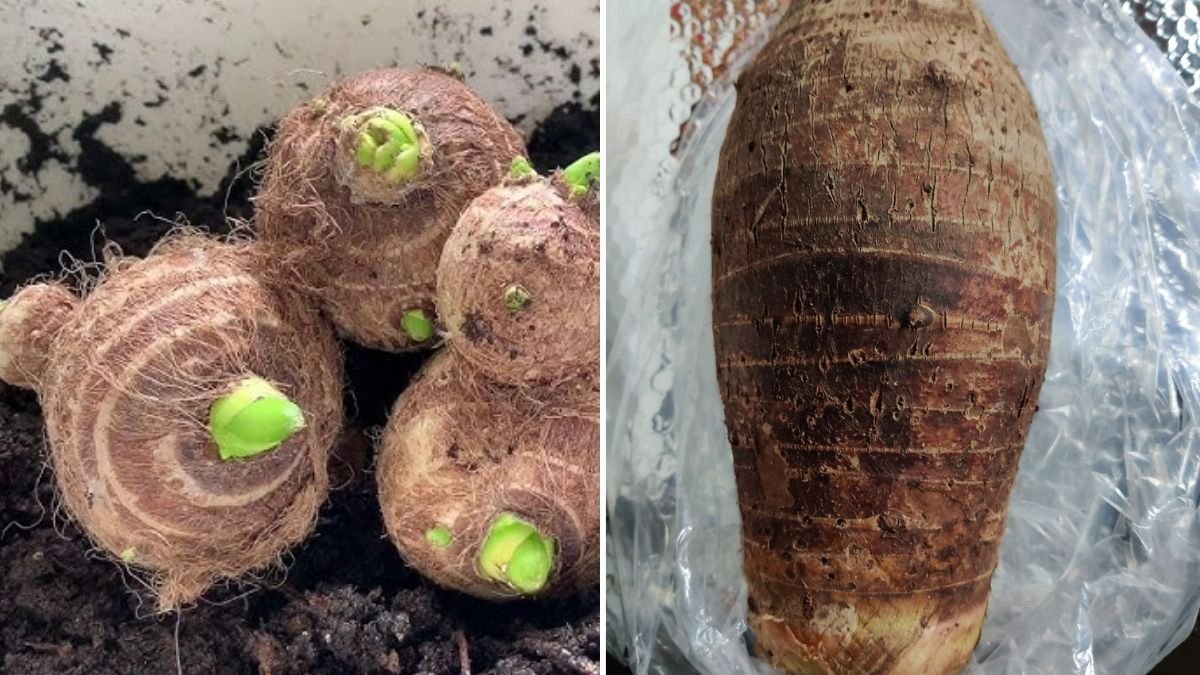


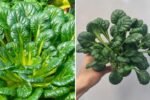


Leave A Comment